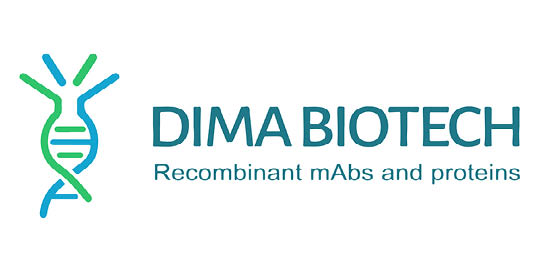Human GP151-Strep full length protein-synthetic nanodisc
Human GP151-Strep full length protein-synthetic nanodisc
Artikelnummer
DMAFLP120271-50
Verpackungseinheit
50 µg
Hersteller
DIMA Biotechnology
Verfügbarkeit:
wird geladen...
Preis wird geladen...
Background: This gene encodes an orphan member of the class A rhodopsin-like family of G-protein-coupled receptors (GPCRs). Within the rhodopsin-like family, this gene is a member of the SOG subfamily that includes somatostatin, opioid, galanin, and kisspeptin receptors. The orthologous mouse gene has a restricted pattern of neuronal expression which is induced following nerve injury. All GPCRs have a transmembrane domain that includes seven transmembrane alpha-helices. A general feature of GPCR signaling is the agonist-induced conformational change in the receptor, leading to activation of the heterotrimeric G protein. The activated G protein then binds to and activates numerous downstream effector proteins, which generate second messengers that mediate a broad range of cellular and physiological processes. [provided by RefSeq, Jul 2017]
Description: Human GP151-Strep full length protein-synthetic nanodisc
Molecular Weight: The human full length GP151-Strep protein has a MW of 46.6 kDa
Protein Families: Transmembrane,Druggable Genome,
Protein Pathways: N/A
Storage & Shipping: Store at -20°C to -80°C for 12 months in lyophilized form. After reconstitution, if not intended for use within a month, aliquot and store at -80°C (Avoid repeated freezing and thawing). Lyophilized proteins are shipped at ambient temperature.
Tag: C-Flag&Strep Tag
Expression Host: HEK293
Formulation & Reconstitution: Lyophilized from nanodisc solubilization buffer (20 mM Tris-HCl, 150 mM NaCl, pH 8.0). Normally 5% – 8% trehalose is added as protectants before lyophilization. Please see Certificate of Analysis for specific instructions. Do not use solvents with a pH below 6.5 or those containing high concentrations of divalent metal ions (greater than 5 mM) in subsequent experiments.
Target: GP151
Uniprot ID: Q8TDV0
Usage: Research use only
Description: Human GP151-Strep full length protein-synthetic nanodisc
Molecular Weight: The human full length GP151-Strep protein has a MW of 46.6 kDa
Protein Families: Transmembrane,Druggable Genome,
Protein Pathways: N/A
Storage & Shipping: Store at -20°C to -80°C for 12 months in lyophilized form. After reconstitution, if not intended for use within a month, aliquot and store at -80°C (Avoid repeated freezing and thawing). Lyophilized proteins are shipped at ambient temperature.
Tag: C-Flag&Strep Tag
Expression Host: HEK293
Formulation & Reconstitution: Lyophilized from nanodisc solubilization buffer (20 mM Tris-HCl, 150 mM NaCl, pH 8.0). Normally 5% – 8% trehalose is added as protectants before lyophilization. Please see Certificate of Analysis for specific instructions. Do not use solvents with a pH below 6.5 or those containing high concentrations of divalent metal ions (greater than 5 mM) in subsequent experiments.
Target: GP151
Uniprot ID: Q8TDV0
Usage: Research use only

 English
English











